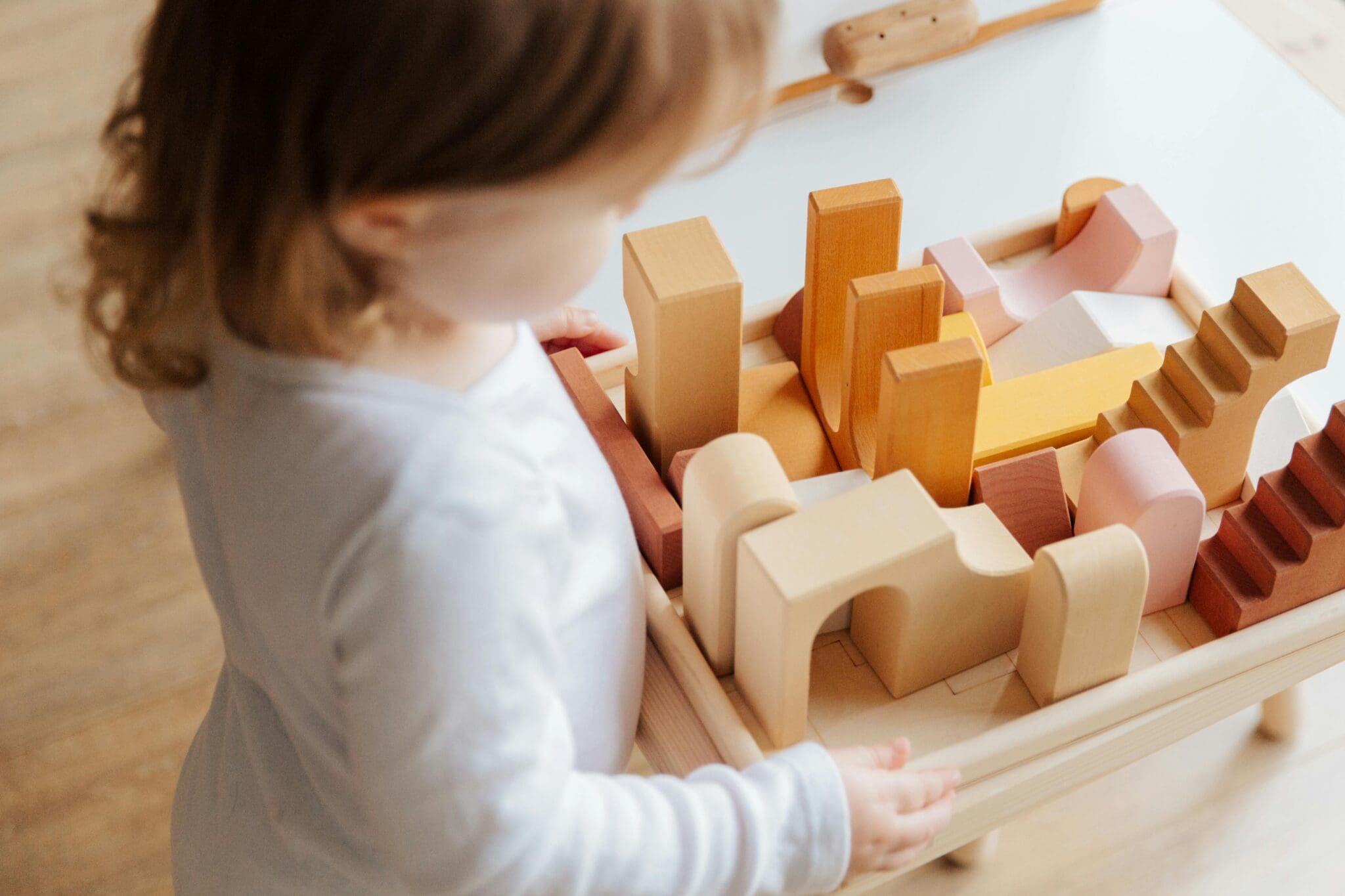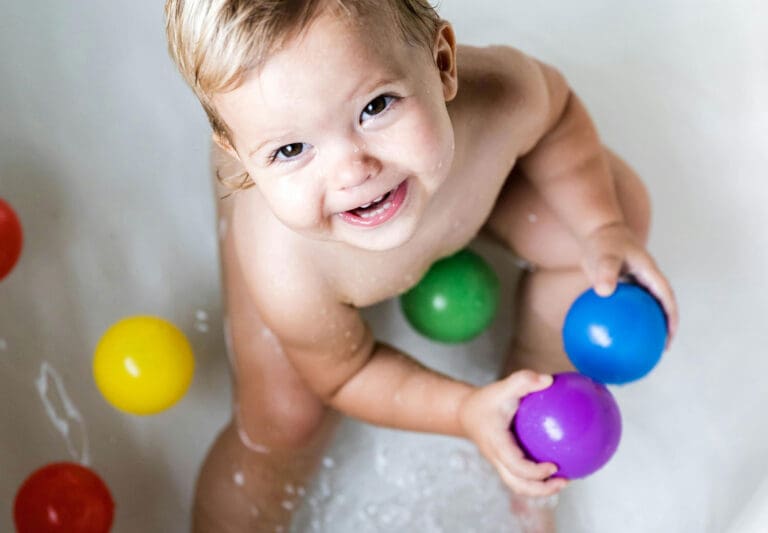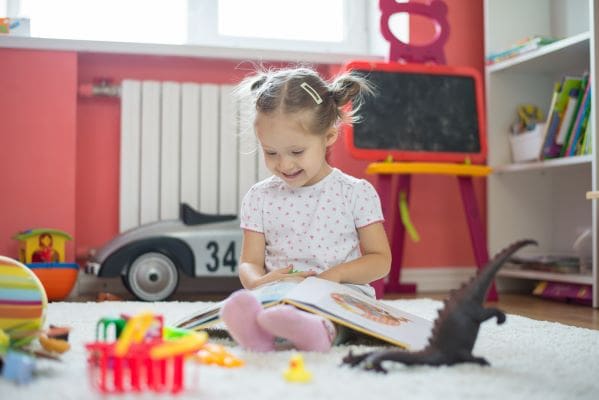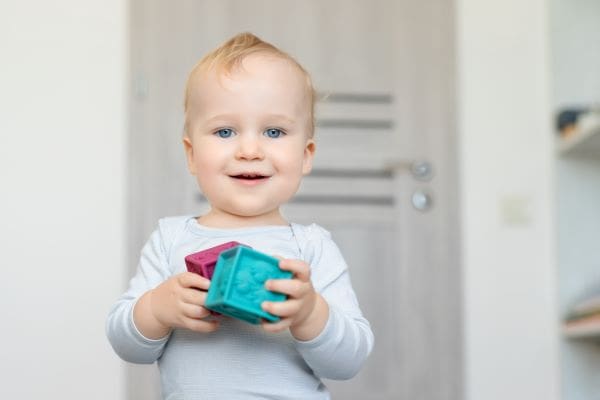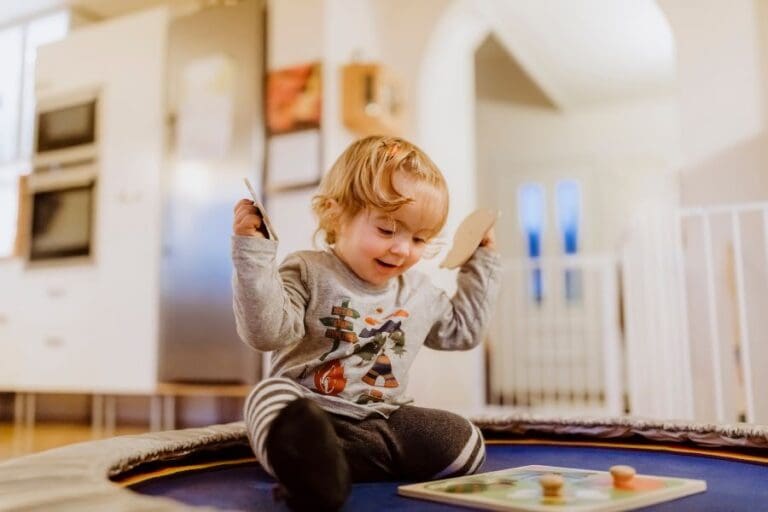What are Sensory Toys?
Sensory toys are toys that engage the senses and grow. For children with autism, sensory processing disorder (SPD) or other developmental needs.
Sensory toys are different tools and play materials that stimulate a child’s senses to process and respond to sensory input.
Used in schools, therapy centres and at home to encourage engagement, fine and gross motor skills and integrate sensory information.
These toys are a fun and interactive way for kids to explore and develop motor skills, cognitive development and manage emotions.
Benefits of Sensorial Play
Sensorial play is important for children’s cognitive, emotional and social development. It helps them develop their senses, sight, sound, touch, taste and smell.
This type of play can be calming or stimulating, depending on the activity, and can help kids focus.
Also helps children with autism, sensory processing disorder or other developmental needs to process and integrate sensory information.
Types of Sensory Toys
The different types of sensory toys are fidget toys, sensory balls, and sensory mats.
Fidget Toys
Fidget toys are small and portable so perfect for kids who need to keep their hands busy. They help with focus and concentration by providing a repetitive motion that can be calming. They come in all shapes, sizes and colours so kids can choose the one that suits them and their needs.
Fidget toys are great for kids with ADHD, autism or anxiety as they provide a way to channel excess energy and emotions into something productive and calming.
Sensory Balls
Sensory balls stimulate a child’s tactile senses. They come in different textures, sizes and colours so kids can explore and discover. These balls are great for fine and gross motor skills as kids grasp, squeeze and roll them.
Sensory balls can also be used in interactive play to promote social skills and teamwork in kids. They are a great addition to any sensory toys collection and provide endless fun and learning.
Sensory Mats
Sensory mats are a multi-sensory experience with different textures and patterns. Kids can use their hands and feet to explore and develop tactile awareness.
Sensory mats can be used for individual or group activities and provide a safe and fun space for kids to play and learn. Great for kids who need a calming and grounding experience as they can help regulate emotions and focus.
- Sensory toys cover different areas of sensory development, fine and gross motor skills and cognitive development. Can be used to calm or stimulate children.
- Examples of sensory toys are sensory tubes, sensory tables and stuffed animals.
Sensory Tubes for Kids
Sensory tubes are a sensory toy that let kids explore and learn. They have solid lids for liquids and vented lids for stimulation, and can be filled with herbs, spices or essential oils for sensorial experience.
They are great for kids who love to explore and discover and can be used to support sensory development in children with autism or sensory processing disorder. Also great for students who need help to settle and focus.
Sensory Tables and Playsets
Sensory tables and playsets offer various sensorial experiences for kids, with shapes, colours and textures. Can be used for sensorial play, art activities and storage for craft supplies and toys.
Sensory tables and playsets are best for children of all ages, from toddlers to preschoolers. Great for sensory integration and exploration.
Sensory Integration Techniques
These techniques help children to process and integrate sensory information. Can be used for children with autism, sensory processing disorder or any other developmental needs.
Examples of these techniques are deep pressure, joint compression and swinging. Can be used with sensory toys and activities to support sensory development.
How to Choose the Right Sensory Toy
When choosing a sensory toy, think of the child’s age, abilities, and needs. Think of the types of sensory experiences you want to provide, and choose toys that will support those experiences.
Think of the durability and safety of the toy and look for toys made of high quality materials. Also, think of the regular price of the toy and if it’s worth the investment.
Safety for Sensory Toys
When it comes to sensory toys, safety is number one. You need to consider the child’s age and abilities to make sure the toys are appropriate and safe to use.
For younger kids, be mindful of toys that have small parts such as beads or pompoms which can be a choking hazard. Always supervise them during play to prevent accidents and make sure they are using the toys correctly.
No toys with sharp edges or points that can cause harm. Inspect the toys regularly for any damage or wear and tear and replace if needed. Some kids may have allergies or sensitivities to the materials used in sensory toys so make sure to check the ingredients and materials before buying.
To keep the play area safe, clean and disinfect sensory toys regularly. This prevents the spread of germs and illnesses. That way you can be sure kids are safe and having fun.
DIY Sensory Toys and Activities
DIY sensory toys and activities are a great way to provide sensory experiences for little ones without spending a cent. Examples are homemade playdough, sensory bottles and sensory balls.
DIY sensory activities can be as simple as filling a container with rice or beans and hiding small toys or objects for kids to find and explore. DIY sensory toys and activities can be adjusted to each child’s needs and interests.
Sensory Play for Different Ages
This activity is for children of all ages, from toddlers to preschoolers. For younger kids, this helps to develop their senses and encourage exploration and discovery.
For older kids, this helps to support sensorial integration and make them feel calm. Examples for different ages are sensory bins, sensory tables and sensory walks.
Outdoor Sensory Play
This is a great way to provide sensory experiences for children in a natural and fun way. Examples of this outdoor activity are nature walks, outdoor sensory bins and outdoor art projects.
This type of play helps children to develop their senses and to encourage exploration and discovery. It can be calming too for them.
Indoor Sensory Play
This indoor activity is for rainy or cold days. Examples of this type of play are sensory bins, sensory tables and indoor art projects.
Just like outdoor, this type of play also helps kids to develop their senses and to encourage exploration and discovery. It can be calming too.
Sensory Bottles
Sensory bottles are for visual and tactile stimulation. Fill it with glitter, beads or coloured water and watch the magic happen. Sensory bottles are calming and focusing so perfect for kids who need to regulate their emotions. And best of all, they are easy to make at home so a fun DIY for parents and kids to do together.
Sensory Bins
Sensory bins are containers filled with different materials like rice, beans or sand and small toys or objects for kids to find and explore. These bins are hands-on and encourage creativity and imagination and fine motor skills.
Sensory bins can be themed to match a child’s interest so are a great addition to sensorial play. They can be used indoor or outdoor, offering endless fun and learning.
Indoor and Outdoor Art Projects
Art projects, indoor or outdoor, are a great way for kids to self express and engage their senses. Indoor projects might be painting, drawing or crafting with different textures and materials. Outdoor art projects might be nature inspired like leaf rubbings or rock painting where little ones can connect with nature.
These activities not only stimulate creativity but also support sensorial integration by allowing kids to explore different colours, shapes and textures. Art projects are a great way to combine play with art expression and is great for youngsters.
Technological Innovations in Sensory Toys
The world of sensory toys is changing fast with the latest technological innovations. These innovations are providing new ways for kids to have sensorial play in a fun and personalized way. Some sensory toys now have artificial intelligence (AI) and machine learning algorithms to adapt to each child’s needs.
Virtual reality (VR) and augmented reality (AR) are being used to create sensory experiences that will mesmerize young ones. Sensory toys with built-in sensors and tracking devices can monitor the child’s progress and provide feedback to parents and caregivers so they can understand their child better.
Mobile apps and digital platforms are being developed to complement sensory toys with extra resources and activities for kids. Wearable technology like smartwatches and fitness trackers are being integrated to provide real-time feedback on sensorial experiences.
And 3D printing can be used to customize sensory toys for each child. This is revolutionizing the way kids play with these toys.

